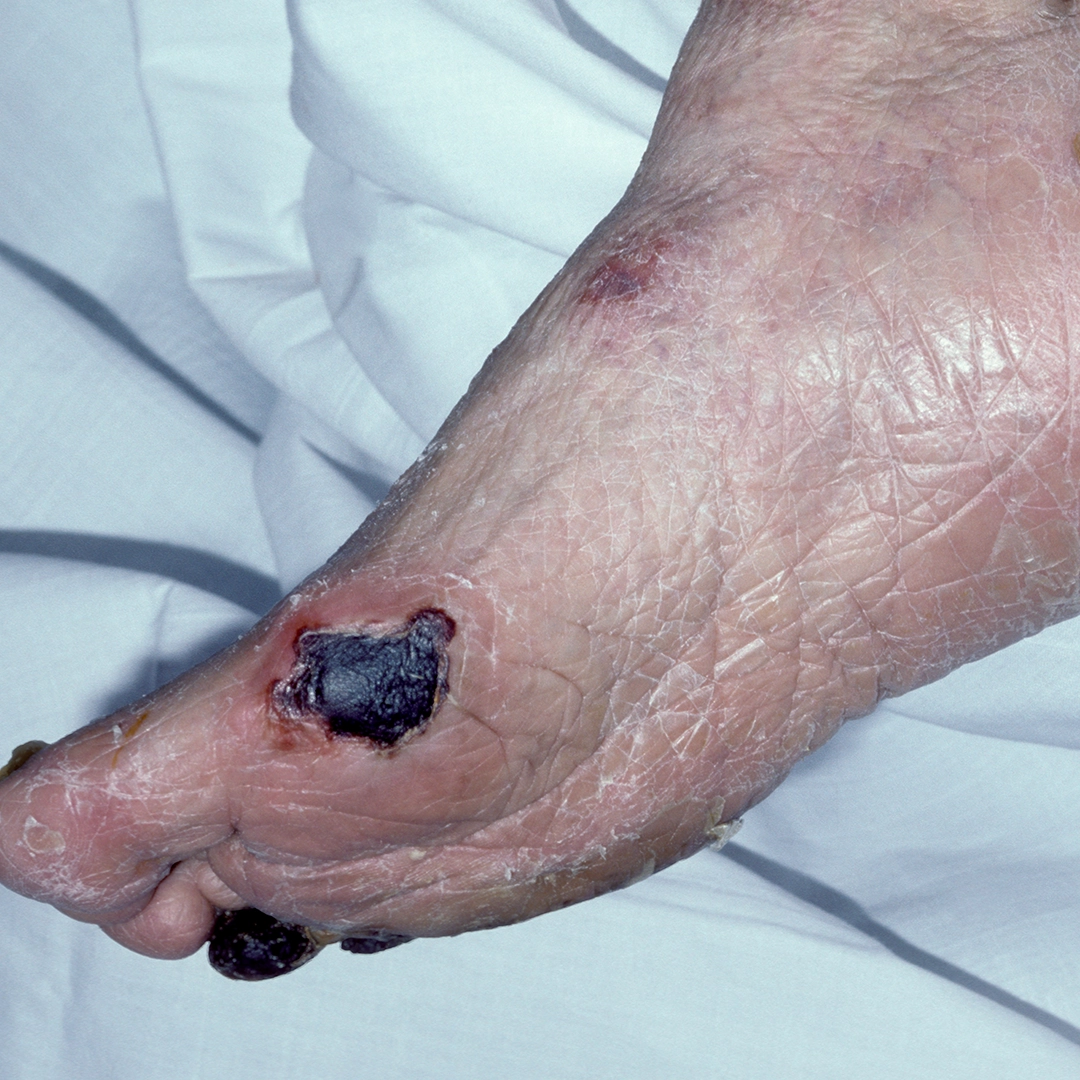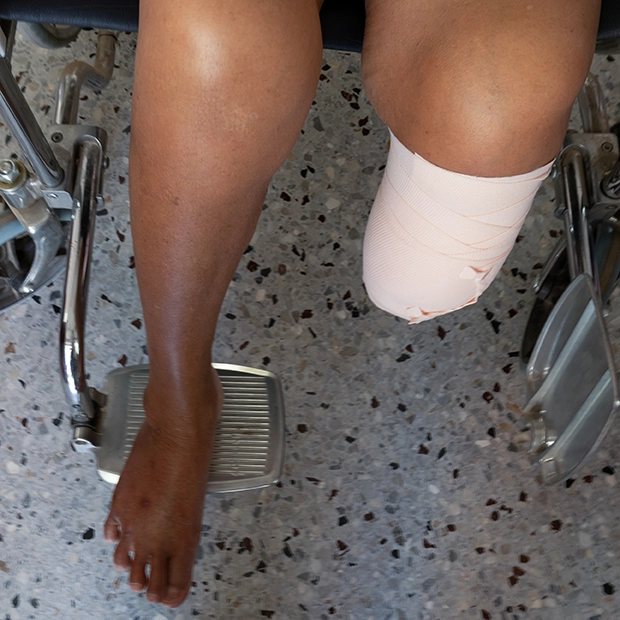ADA 2024: Hypertriglyceridemic-Waist Phenotype is Associated with Diabetic Foot Ulcer in Chinese Patients with Type 2 Diabetes
It is currently unknown if Chinese people with type 2 diabetes mellitus (T2DM) who exhibit the hypertriglyceridemic-waist (HTGW) phenotype have a higher risk of developing diabetic foot ulcers (DFU). 2651 consecutive individuals suffering from T2DM (mean age 56±11 years, 58% female) with a mean T2DM duration of 9.3 years showed the connection. According to the IDF criteria for metabolic syndrome, HTGW was diagnosed if TG was more than or equal to 1.70 mmol/L and a waist circumference of more than or equal to 80 cm for women and more than or equal to 90 cm for men. The research population was then divided into two subgroups: HTGW and Non-HTGW. The IWGDF 2019 recommendations for the diagnosis and management of foot infections in people with T2DM were followed in the diagnosis of DFU. A logistic regression analysis was used to link the DFU and HTGW phenotype. Patients with and without HTGW had corresponding prevalences of DFU of 9.3% and 4.2%. The systolic blood pressure was greater in the HTGW phenotypic group (139.2 mmHg vs. 132.7 mmHg, p<0.05), fasting plasma glucose (9.1 mmol/L vs. 8.5 mmol/L, p<0.05), HbA1c [73 mmol/mol (8.83%) vs. 63 mmol/mol (7.95%), p<0.05], apolipoprotein B (0.95 g/L vs. 0.89 g/L, p<0.05), C-reactive protein (8.23 mg/L vs. 4.92 mg/L, p<0.05), and TNF-α ( 26.46 pg/ml vs. 16.80 pg/ml, p<0.05) but lower levels of apolipoprotein A1 (1.21g/L vs. 1.33g/L, p<0.05). Upon consideration of factors such as age, sex, body mass index, length of T2DM, smoking, HbA1c, apolipoprotein B, and C-reactive protein, the hypertriglyceridemic-waist phenotype was linked to DFU (OR 1.33, 95% CI 1.03-2.71). Simultaneous testing of triglycerides and waist circumference in patients with T2DM may be a cheap and easy way to find those who are more likely to develop DFU.
1814-LB: American Diabetes Association (ADA) 84th Scientific Sessions, 2024, 21- 24 June 2024, Orlando, Florida.




